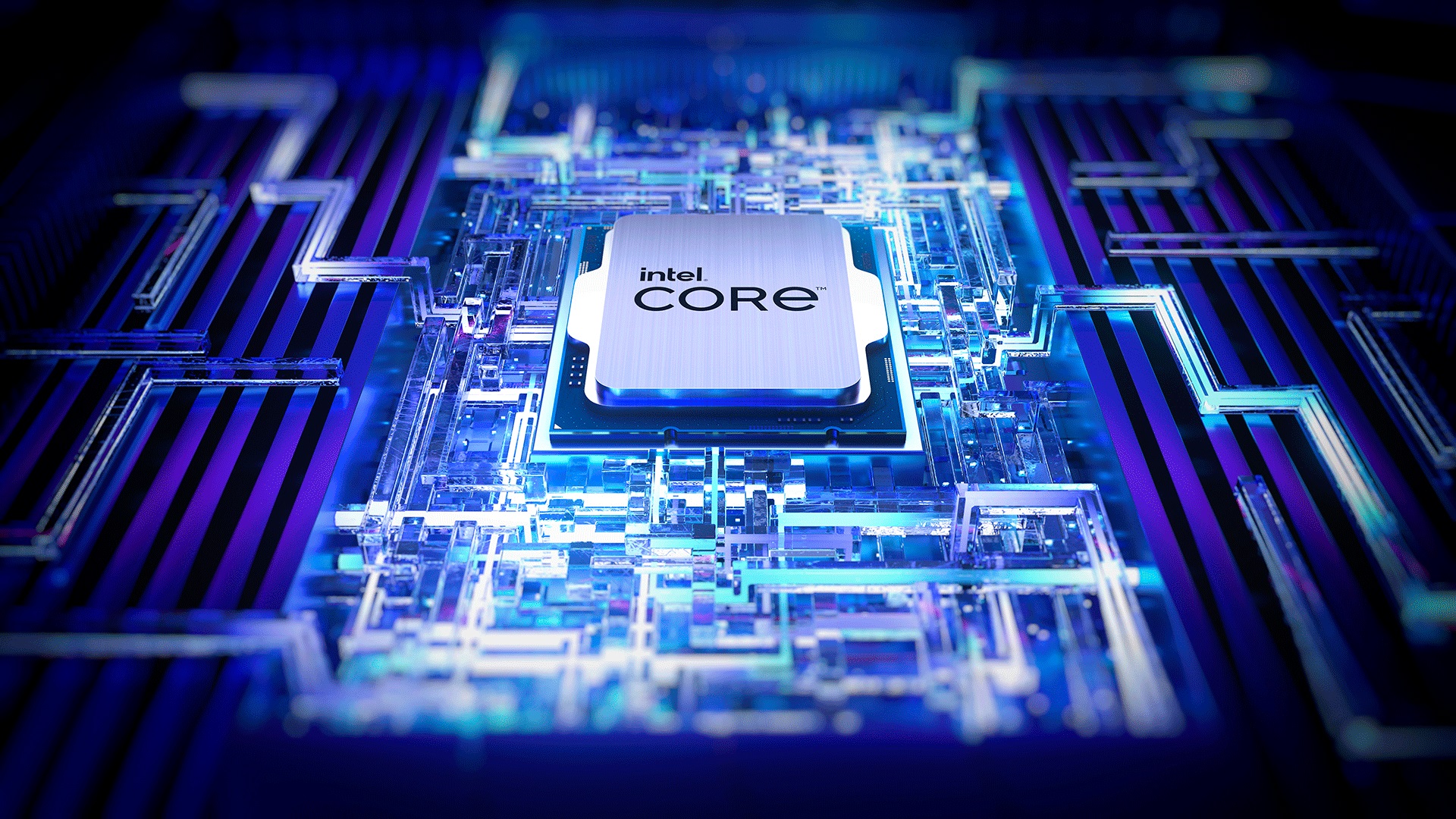The Great Showdown: AMD Vs Intel

AMD and Intel are two of the most well-known and established computer processor manufacturers in the world. Both companies have been in competition with each other for many years, and each has its strengths and weaknesses.
In recent years, AMD has made significant strides in the processor market, and its processors are becoming increasingly popular among gamers and other power users. AMD’s Ryzen processors have received a lot of praise for their excellent performance, value for money, and energy efficiency. They also offer more cores and threads than their Intel counterparts at similar price points.
Intel, on the other hand, has a longer history of producing processors and has a more extensive range of products available. They are also the market leader in the server processor market. Intel’s processors generally offer slightly better single-core performance, which is important for tasks such as gaming, but are more expensive and consume more power.
Ultimately, the choice between AMD and Intel will depend on your specific needs and budget. If you’re a gamer or power user looking for high-end performance and value for money, AMD is an excellent choice. However, if you need the best single-core performance and have a higher budget, Intel might be the better option.

In this comparison, we will take a look at some of the key differences between AMD and Intel processors.
- Performance:
AMD has made significant strides in performance over the past few years, especially with its Ryzen processors. AMD’s Ryzen processors offer better multi-core performance compared to Intel’s processors, which makes them a good choice for users who perform CPU-intensive tasks such as video editing, 3D rendering, and gaming. However, Intel’s processors are still the better choice for single-core performance, which is important for tasks such as gaming, where high clock speeds are needed.
- Price:
One of the biggest advantages of AMD processors is their price. AMD processors are generally more affordable than Intel processors. This is especially true when it comes to the mid-range and budget CPUs. AMD also offers a wider range of processors at different price points, which gives users more options to choose from based on their budget.
- Power Consumption:
Intel processors have traditionally been more power-efficient compared to AMD processors. However, with the latest generation of Ryzen processors, AMD has closed the gap. The Ryzen processors are built on the 7nm process node, which is more power-efficient than the 14nm process node used by Intel processors.

- Overclocking:
Overclocking is the process of increasing the clock speed of a processor to improve performance. Both AMD and Intel processors can be overclocked, but AMD processors are generally easier to overclock, and they tend to offer better overclocking potential. This is because AMD processors have an unlocked multiplier, which makes it easier to adjust the clock speed.
- Integrated Graphics:
Intel processors have better integrated graphics compared to AMD processors. This is especially true when it comes to the low-end processors, where AMD’s integrated graphics are not as powerful as Intel’s. However, if you are building a gaming PC or using a dedicated graphics card, this factor may not matter as much.
- Compatibility:
Intel processors are generally more compatible with a wider range of motherboards compared to AMD processors. This is because Intel has been in the market for longer and has a larger market share. However, this gap has been closing in recent years, and most motherboards now support both AMD and Intel processors.
Overall, AMD processors offer better value for money, while Intel processors offer better single-core performance and compatibility. If you are looking for a processor for CPU-intensive tasks such as video editing, 3D rendering, or gaming, AMD processors are a good choice. On the other hand, if you are looking for a processor for basic tasks such as web browsing, office work, or light gaming, Intel processors are a good choice.
Here is a tabular comparison of some of the key specifications of AMD and Intel processors:
Specification |
AMD |
Intel |
|---|---|---|
Process Technology | 7nm, 12nm, 14nm, 28nm | 10nm, 14nm, 22nm, 32nm |
Number of Cores | Up to 64 | Up to 18 |
Hyper-Threading | Yes | Yes |
Turbo Boost Technology | Yes | Yes |
Base Clock Speed | 2.1 GHz | 2.0 GHz |
Max Boost Clock Speed | 4.9 GHz | 5.3 GHz |
Cache Size | Up to 128MB L3 Cache | Up to 24.75MB L3 Cache |
Integrated Graphics | Radeon (Some models), None (others) | Intel HD/UHD/Iris/Xe Graphics |
TDP | Up to 280W | Up to 125W |
Socket | AM4, TR4, sTRX4, SP3 | LGA 1151, LGA 1200, LGA 2066, LGA 3647 |
Price (for mid-range CPU) | $280 (Ryzen 7 5800X) | $339 (Core i7-11700K) |
Note that this is just a general comparison and different models of AMD and Intel processors may have different specifications. Additionally, the performance of a processor depends on several other factors, such as the type and speed of RAM, the motherboard, and the software being run.
